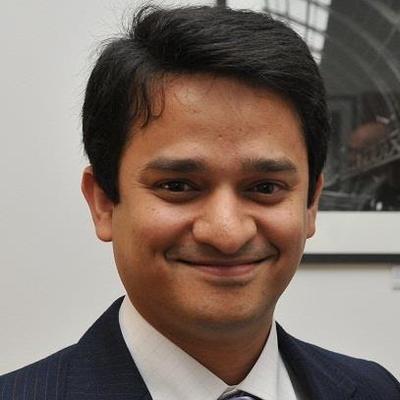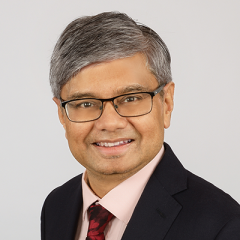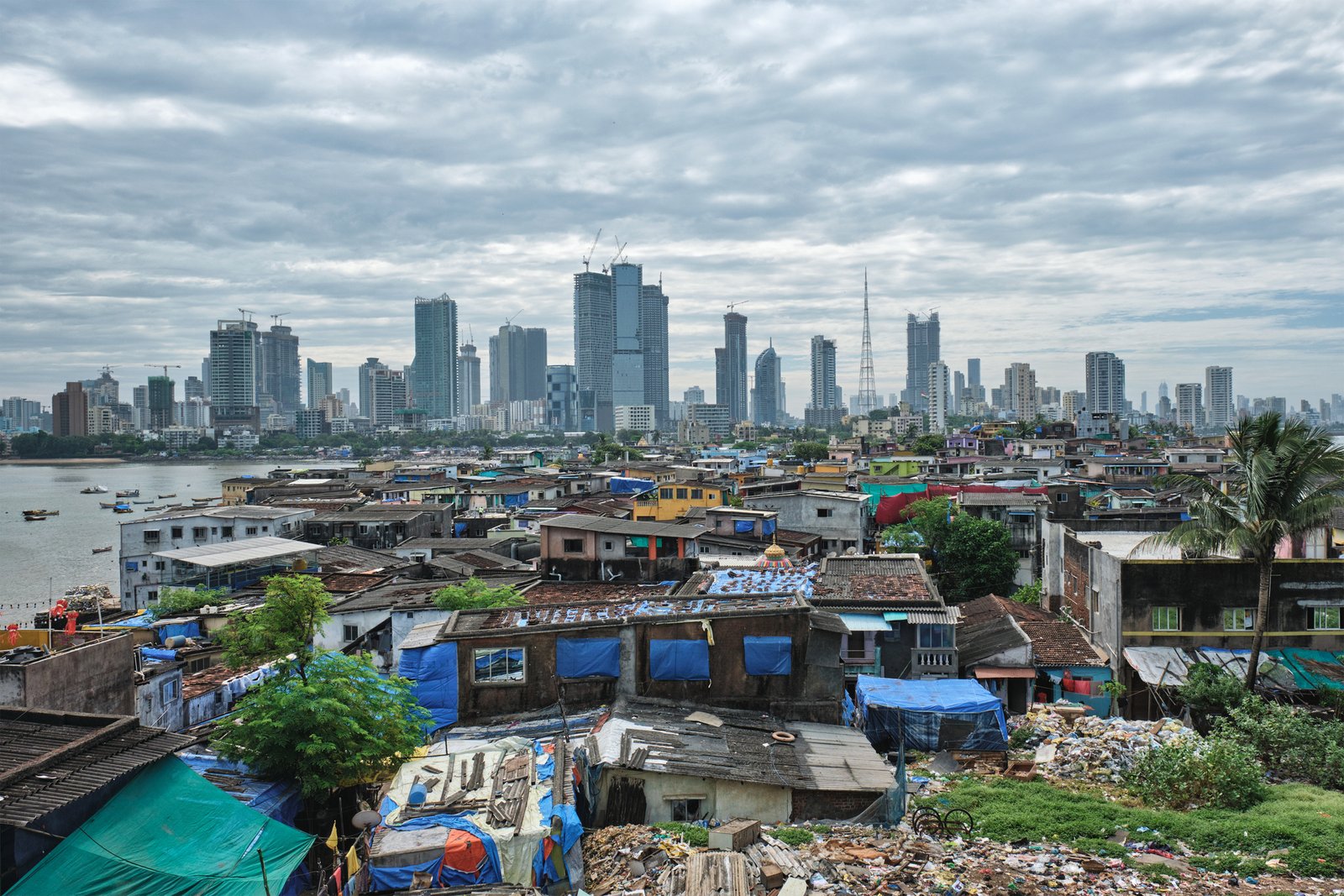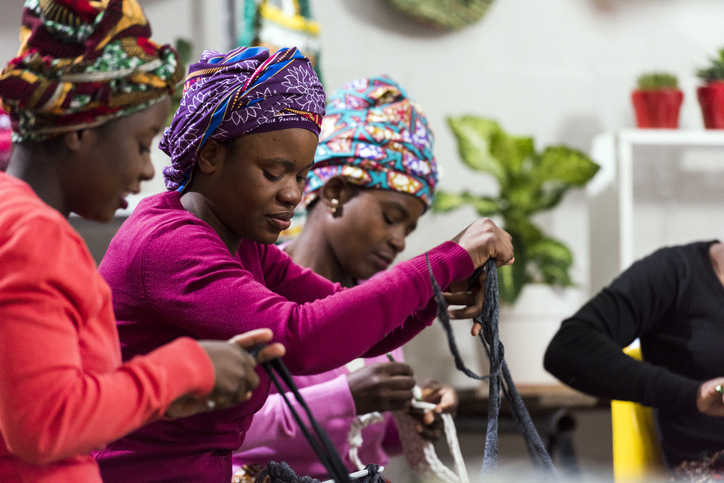Past progress in human development in South Asia looks insufficient to produce success during the era of the Sustainable Development Goals. This column argues that if government spending on education and health were to be raised to levels comparable to those in other developing regions, alongside improvements in state effectiveness in delivering public goods, much more could be achieved, especially for the most vulnerable.
Sustaining progress in human development in South Asia is key to achieving the global targets at the heart of the Sustainable Development Goals (SDGs). The region accounts for nearly two-fifths of the world’s poor, nearly half of the world’s malnourished children and the largest number of stunted children in the world.
But South Asia is also the region that saw a sharp decline in its poverty rate between 1990 and 2015: from 52% to 17%. Unfortunately, this trend may be reversed by the events of the past couple of years: as many as 400 million people could be pushed into poverty following the coronavirus outbreak.
Restoring the pre-pandemic trend in poverty reduction in the region will be challenging but not impossible. South Asia’s achievements in poverty reduction and improvements in human development during the period of the Millennium Development Goals (MDGs) mask an uneven pattern of progress and significant differences in policy choices within the region. Yet there are important lessons from the MDG era that can help to accelerate future progress in post-pandemic South Asia.
New evidence on South Asia’s development progress during the MDG period confirms that there has been significant convergence. The region has made considerable progress since 1990 and, as a result, by the end of the MDG campaign, it had caught up with richer regions on many important social indicators (see Figure 1).
Figure 1: Poverty eradication (MDG 1) in South Asia: selected indicators

Source: Will South Asia Achieve the Sustainable Development Goals by 2030? Learning from the MDG Experience
This is good news. But past trends in human development are insufficient to produce success during the SDG era. Recent projections indicate that important milestones, such as eradicating income poverty, will not be achieved by 2030. With a ‘business as usual’ approach, it would take the region another 63 years to eliminate poverty (a poverty headcount ratio of $1.90 a day).
Figure 2: State capacity, health and education expenditure in South Asia

Source: Will South Asia Achieve the Sustainable Development Goals by 2030? Learning from the MDG Experience
So, where next? The SDGs agenda is much more ambitious than that of the MDGs. Delivery will require genuine commitment from national elites, as well as significant stepping up of governments’ organizational efforts.
Above all, achieving the SDGs will require increased financial resources. Traditionally, this is where development cooperation can intervene and provide a boost to progress on the SDGs. But these are not normal times for development cooperation. Foreign aid has been flat over the last few years, with no increase in sight given the growing strength of nationalist rhetoric in key donor countries.
For Nepal and Bangladesh, success with the MDGs has facilitated their graduation from the status of ‘least developed countries’, but the corollary is that there is now greater uncertainty about future aid flows. Moreover, war in Europe and a possible global recession may reduce revenues further and, at the same time, increase the demand for government spending.
In this context, two factors are likely to be important for South Asia’s prospects. The first is its inadequate fiscal allocations to social development. In both education and health spending as a percentage of GDP, the region ranks even below sub-Saharan Africa (see Figure 2).
The second factor is limited government effectiveness in delivering public goods. Both barriers are important dimensions of state capacity, in which South Asia lags behind other developing regions. Addressing the gap in state capacity is vital, given the changes in the goals for global development.
The slowdown in economic growth has limited the scope to rely on private incomes to achieve the SDGs. A public expenditure-led approach to service delivery is necessary. Yet the region suffers not only from large gaps in basic social infrastructure: South Asia’s tax-to-GDP ratios are also some of the lowest in the world. These disadvantages are rooted in administrative capacity deficits, which undermine efforts to mobilize revenue, as well as spending effectively.
Building an effective state depends on many factors, including a country’s history and geography. But we know that it is also a political process requiring the consolidation of political institutions to provide institutionalized checks and balances on the discretionary power of the executive.
This is part of a gradual change, one that, by building confidence among citizens in public processes, will have long-lasting effects going beyond the SDG period. Indeed, it is a development goal in itself, as SDG 16 explicitly refers to building effective, inclusive and transparent institutions (Targets 16.6 and 16.7).
A simulation analysis confirms that there are significant returns to investment in state capacity. If government spending on education and health were to be raised to levels witnessed in other developing regions (such as Latin America and East Asia), alongside improvements in state effectiveness in delivering public goods, South Asia would significantly accelerate progress in achieving the SDGs.
This is particularly the case in areas that are critical to the region’s progress on the goals of No Poverty (SDG 1), Quality Education (SDG 4), Gender Equality (SDG 5), and Inclusive Growth (SDG 8).
South Asia’s success stories with the MDGs have created new opportunities as well as challenges. Rapid improvements in social indicators have created much optimism for meeting the targets of the SDGs. At the same time, sustained economic growth has created a new middle class aspiring for higher living standards and better human development outcomes. These aspirations will remain unfulfilled by 2030 if the twin deficits in state capacity and social spending on health and education remain unaddressed.








